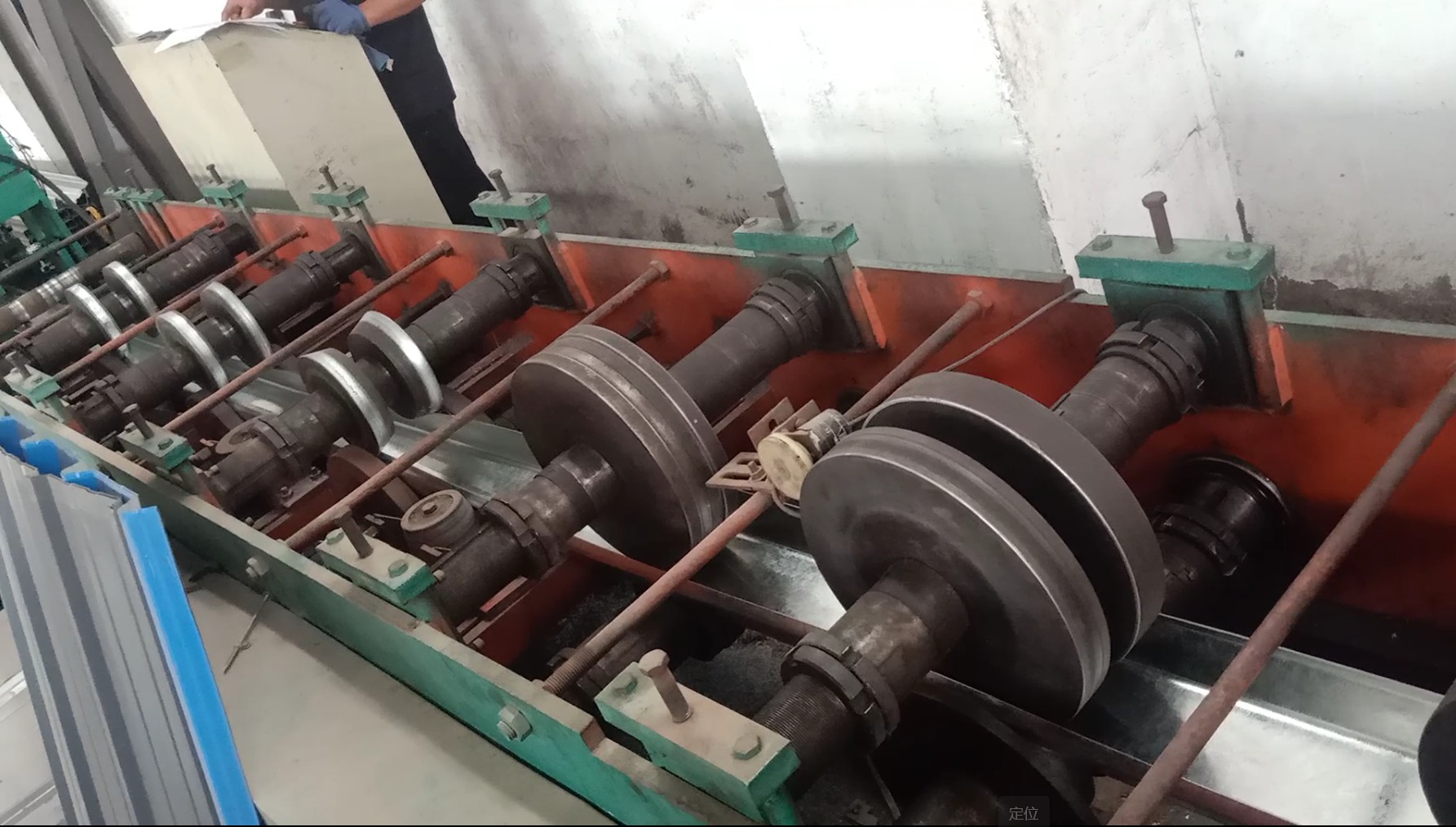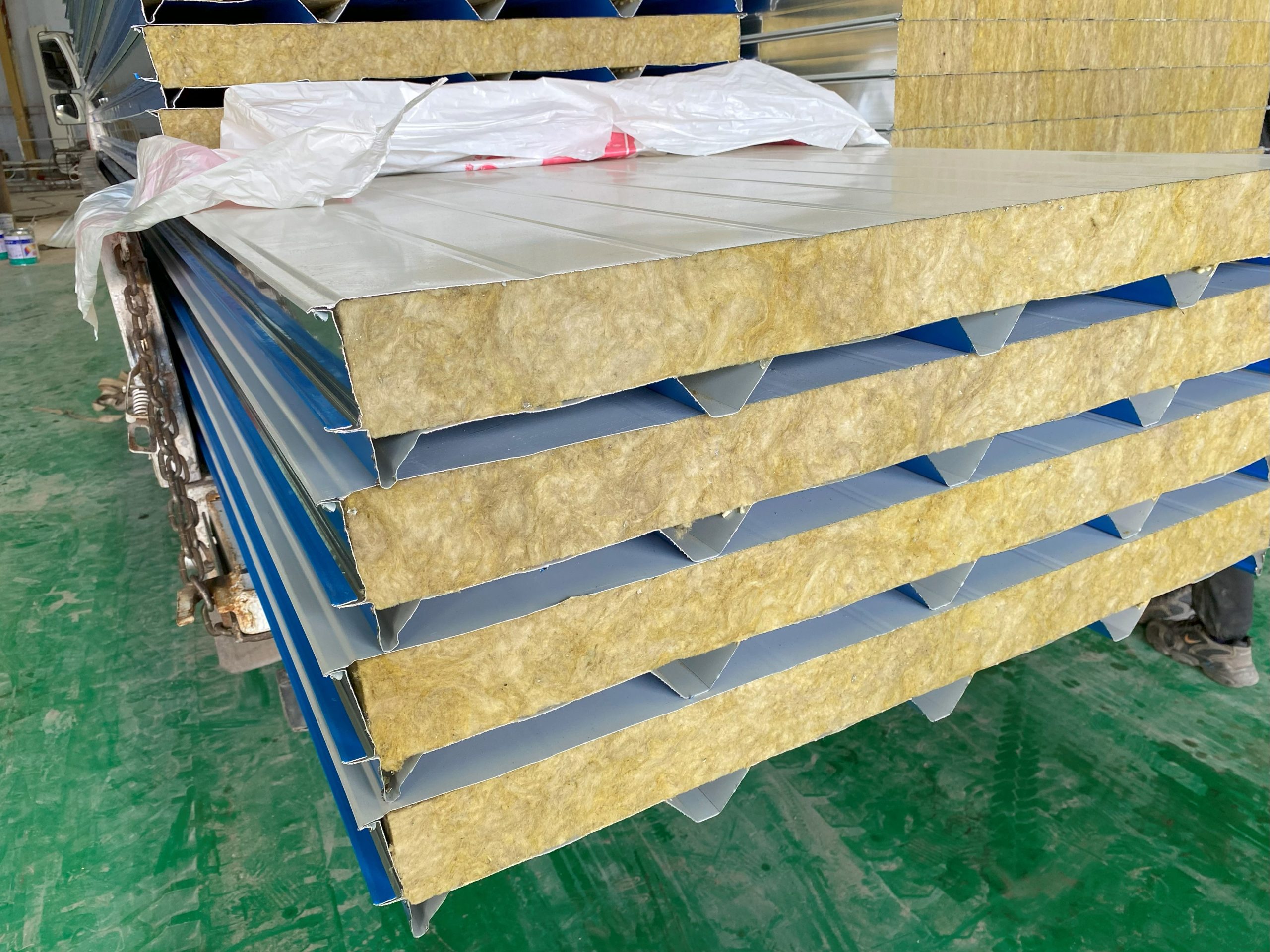Table of Contents
Understanding the Basics of Light Panels in Steel Buildings
Light panels play a crucial role in steel buildings, providing natural lighting that enhances both the aesthetic appeal and functionality of the space. Understanding how light panels achieve this natural lighting effect is essential for architects, engineers, and building owners alike.
At its core, the concept of natural lighting involves harnessing sunlight to illuminate interior spaces, reducing the need for artificial lighting during daylight hours. In steel buildings, which often feature large open areas and expansive interiors, achieving adequate natural lighting can be challenging. This is where light panels come into play.
Light panels are typically made from materials such as polycarbonate or acrylic, which are transparent or translucent. This allows sunlight to penetrate the panels and diffuse into the interior space, illuminating it evenly. The design and placement of these panels are critical factors in maximizing their effectiveness.

One of the key advantages of light panels is their ability to distribute light evenly throughout the building. Unlike traditional windows, which may create hotspots of sunlight and shadows, light panels diffuse sunlight more uniformly, reducing glare and enhancing visual comfort for occupants. This even distribution of light can also help reduce the need for additional artificial lighting, lowering energy costs and environmental impact.

Another benefit of light panels is their versatility in design and installation. These panels can be customized to fit virtually any size or shape of steel building, allowing architects and designers greater flexibility in their projects. Whether used as Skylights in the roof or integrated into the walls of the building, light panels can seamlessly blend into the overall aesthetic while still providing ample natural light.
In addition to their aesthetic and functional benefits, light panels also offer practical advantages in terms of durability and maintenance. Unlike traditional windows, which may require regular cleaning and maintenance to keep them clear and functional, light panels are often more resistant to damage and easier to maintain. This makes them an attractive option for steel buildings in harsh or industrial environments where cleanliness and maintenance may be challenging.
Furthermore, advancements in technology have led to the development of high-performance light panels that offer improved thermal efficiency and UV protection. These features not only enhance the comfort and Safety of occupants but also help prolong the lifespan of the panels themselves, reducing long-term maintenance costs for building owners.
In conclusion, light panels are an indispensable component of modern steel buildings, allowing architects and designers to achieve both aesthetic and functional goals. By harnessing the power of natural light, these panels can transform interior spaces, creating a more comfortable and sustainable Environment for occupants. As the demand for energy-efficient and environmentally friendly building solutions continues to grow, the importance of light panels in steel buildings is only expected to increase.
